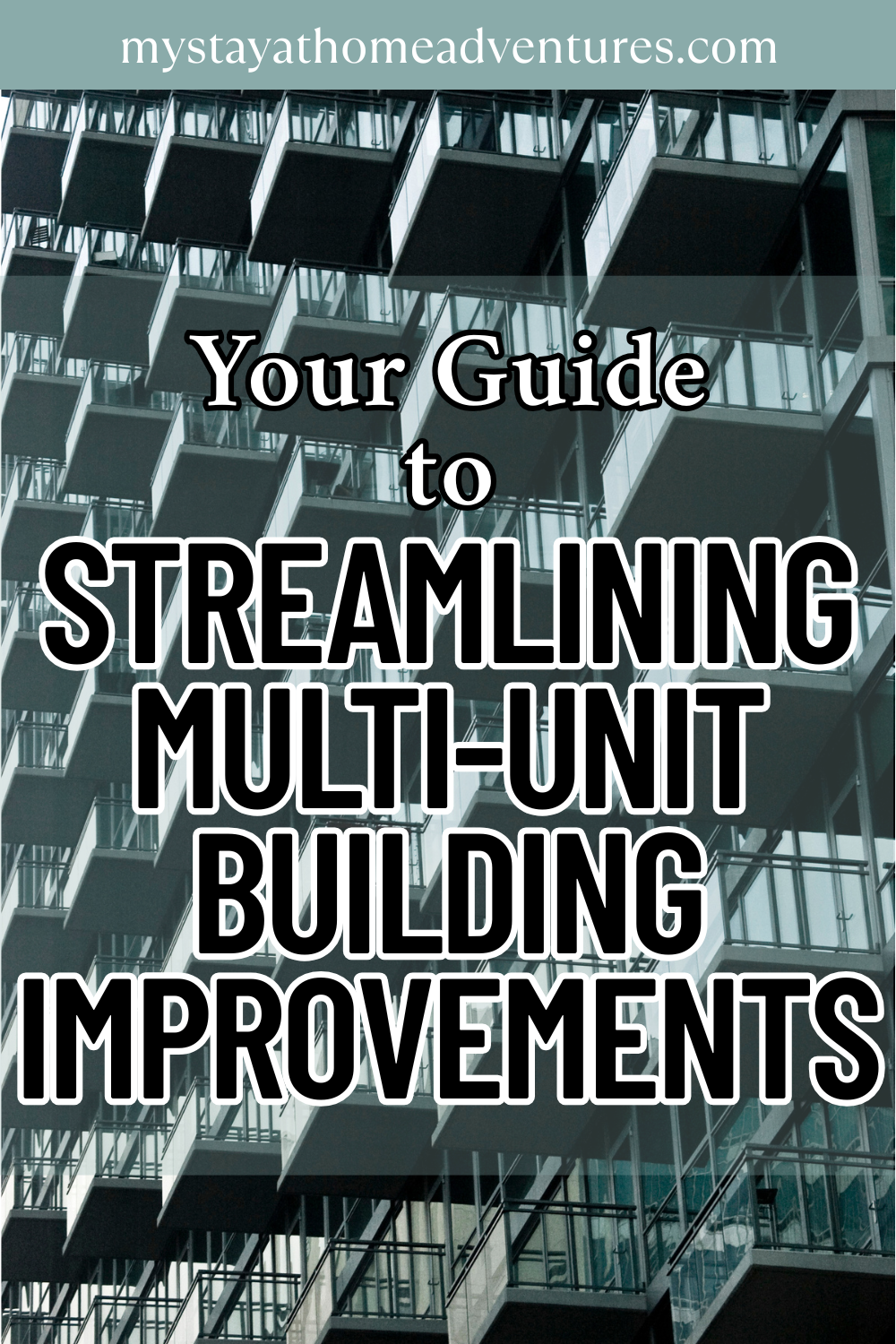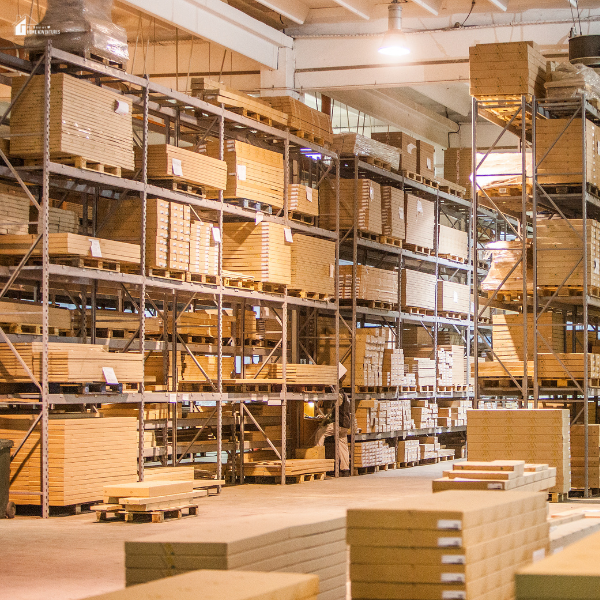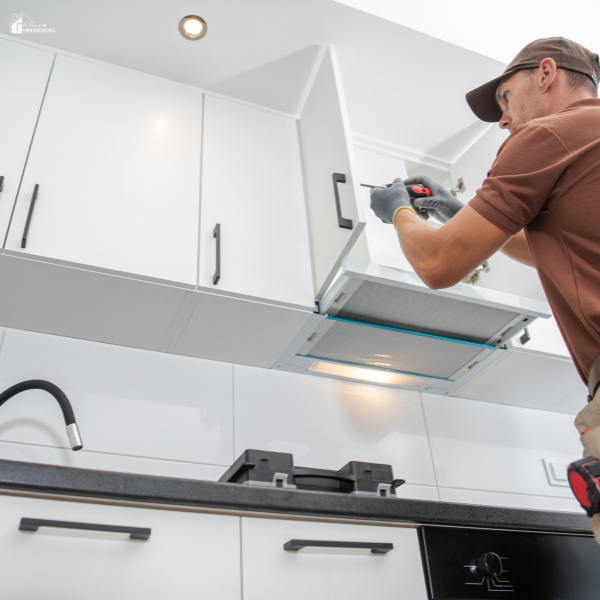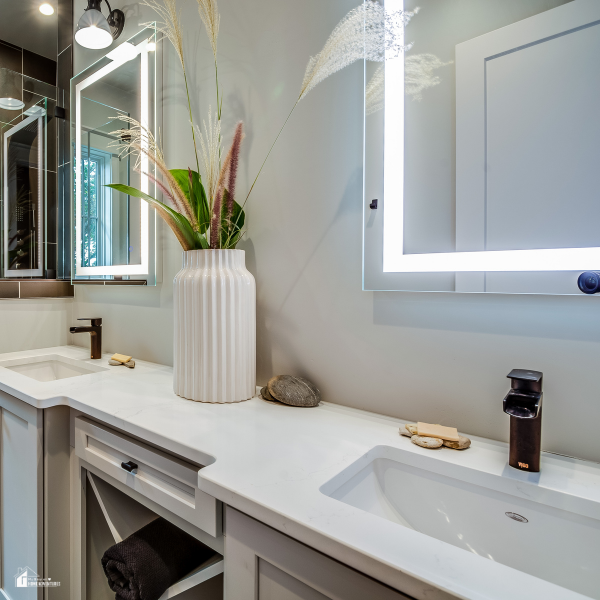Your Guide to Streamlining Multi-Unit Building Improvements
This post may contain affiliate links which might earn us money. Please read my Disclosure and Privacy policies hereManaging upgrades across multiple units is no small task. With more tenants to keep informed, more building systems to coordinate, and greater chances for delays, the process can quickly become overwhelming.
Whether you're overseeing renovations, repairs, or full-scale improvements, having a clear and efficient plan is essential. You need a structure that keeps the project moving without adding more pressure to your daily responsibilities.
The good news is that streamlining large-scale upgrades is completely achievable with the right approach. From early planning and solid communication to working with experienced professionals, there are proven ways to keep everything on track.
This guide covers practical strategies to help you manage improvements smoothly—staying on schedule, within budget, and minimizing disruption for everyone involved.

Start with a Property-Wide Assessment
Before beginning any updates, take time to assess the entire property. Review the condition of essential systems, identify safety issues, and gather tenant feedback. Walk through all areas, inspect equipment, and check maintenance records.
A thorough evaluation helps you spot urgent repairs, plan future improvements, and avoid unexpected issues during construction. It also ensures that time and money are spent wisely by focusing on what truly needs attention. Starting with a full overview sets a strong foundation for a smooth and efficient project.
Choose the Right Partner from the Start
Working with professionals who understand complex building projects is important when planning large-scale upgrades. Look for a team that has experience, communicates well, and understands the challenges of working in active residential environments.
Having a trusted multi-family commercial contractor by your side throughout can help simplify the process from beginning to end. They offer planning support, code compliance expertise, and project management designed for multi-tenant properties, making them a reliable partner for efficient, high-quality improvements.
Prioritize High-Impact Improvements First
Start with the upgrades that matter most. These are usually the fixes that improve safety, reduce maintenance, or boost resident satisfaction. Examples include updating HVAC systems, improving insulation, or upgrading shared amenities.
Tackling high-impact projects first builds momentum and creates visible progress that tenants and owners can appreciate. It also helps with budgeting since you focus on the most important areas before spreading resources too thin.
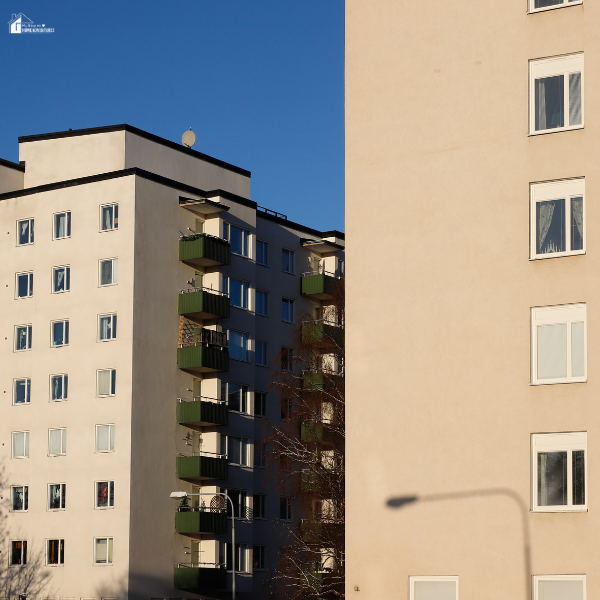
Develop a Phased Construction Plan
Trying to do everything at once can cause delays and tenant complaints. A phased approach breaks the work into smaller, manageable parts. This lets crews focus on one area at a time while keeping other sections of the building fully functional.
It’s a strategy that reduces disruption and keeps the workflow steady. Use a clear timeline and communicate it early so everyone knows what to expect and when.
Streamline Permitting and Compliance
Permits and code compliance are key parts of any building project. Delays often come from incomplete paperwork or last-minute changes. To prevent setbacks, start early by reviewing local requirements or working with a contractor familiar with the process.
Getting permits approved and inspections scheduled in advance keeps your project moving without interruption. It also ensures you stay within legal guidelines throughout the work.
Staying ahead of compliance issues is one of the simplest and most effective ways to avoid costly delays and keep everything on track from day one.
Communicate Clearly with Tenants
Keeping tenants informed during a building project can prevent a lot of issues. Let them know what’s happening, when it’s happening, and how it may affect them. Share simple updates through email, text, or printed notices.
Give advanced warnings about noise, restricted access, or service interruptions. Clear, honest communication helps build trust and reduces complaints. When tenants feel informed and included, they’re more likely to cooperate, which helps the entire process move more smoothly.
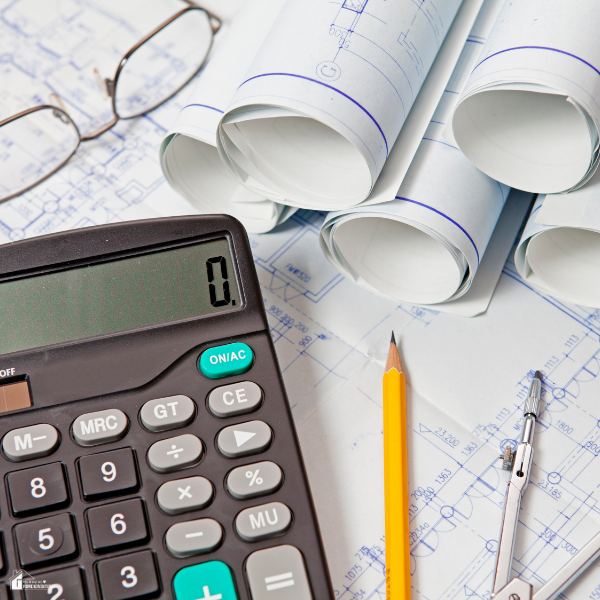
Build in Contingencies for Time and Budget
No matter how well you plan, unexpected setbacks can happen. Weather delays, supply issues, or hidden structural problems often arise during construction. That’s why it’s important to include a buffer of 10%–15% in both your timeline and budget.
This extra cushion gives you flexibility and helps you stay on track without making rushed decisions. It also reduces stress and avoids compromising the quality of the work. Planning for the unexpected keeps your project running smoothly, even when things don’t go exactly as planned.
Use Tech to Track Progress and Performance
Digital tools can make project tracking much easier. Project management software lets you monitor timelines, costs, and communication in real-time. You can set milestones, assign tasks, and quickly spot delays.
Many platforms also allow contractors and property managers to share updates and documents in one place. This keeps everyone on the same page and speeds up decisions. Tech tools also help reduce paperwork and make reports easy to generate and share.
Evaluate Material Choices for Longevity and Efficiency
Choosing the right materials can reduce maintenance needs and extend the life of your upgrades. Look for products that are durable, weather-resistant, and low maintenance. While some options might cost more upfront, they often save money in the long run.
This is especially important in shared spaces like hallways, stairwells, or lobbies that get frequent use. Also, prioritize materials that improve insulation or energy efficiency, which can lead to lower utility costs over time.
Conduct Final Walkthroughs and Post-Project Evaluations
Once the work is complete, take time to inspect the results. Do a full walkthrough with your contractor to spot any missed details or needed touch-ups. Ask tenants for feedback and take notes for future improvements.
Review warranties and maintenance needs and make sure all documents are finalized. A clear wrap-up process ensures nothing is left unfinished and gives you a stronger plan for your next round of improvements.
Improving a large property doesn’t have to be overwhelming. With the right planning, communication, and support team, even big upgrades can be handled with less stress and better results. Start with clear goals, work with experienced professionals, and keep tenants in the loop.
Taking a smart, step-by-step approach makes it easier to stay on track and see real improvements, without burning out or blowing your budget.


